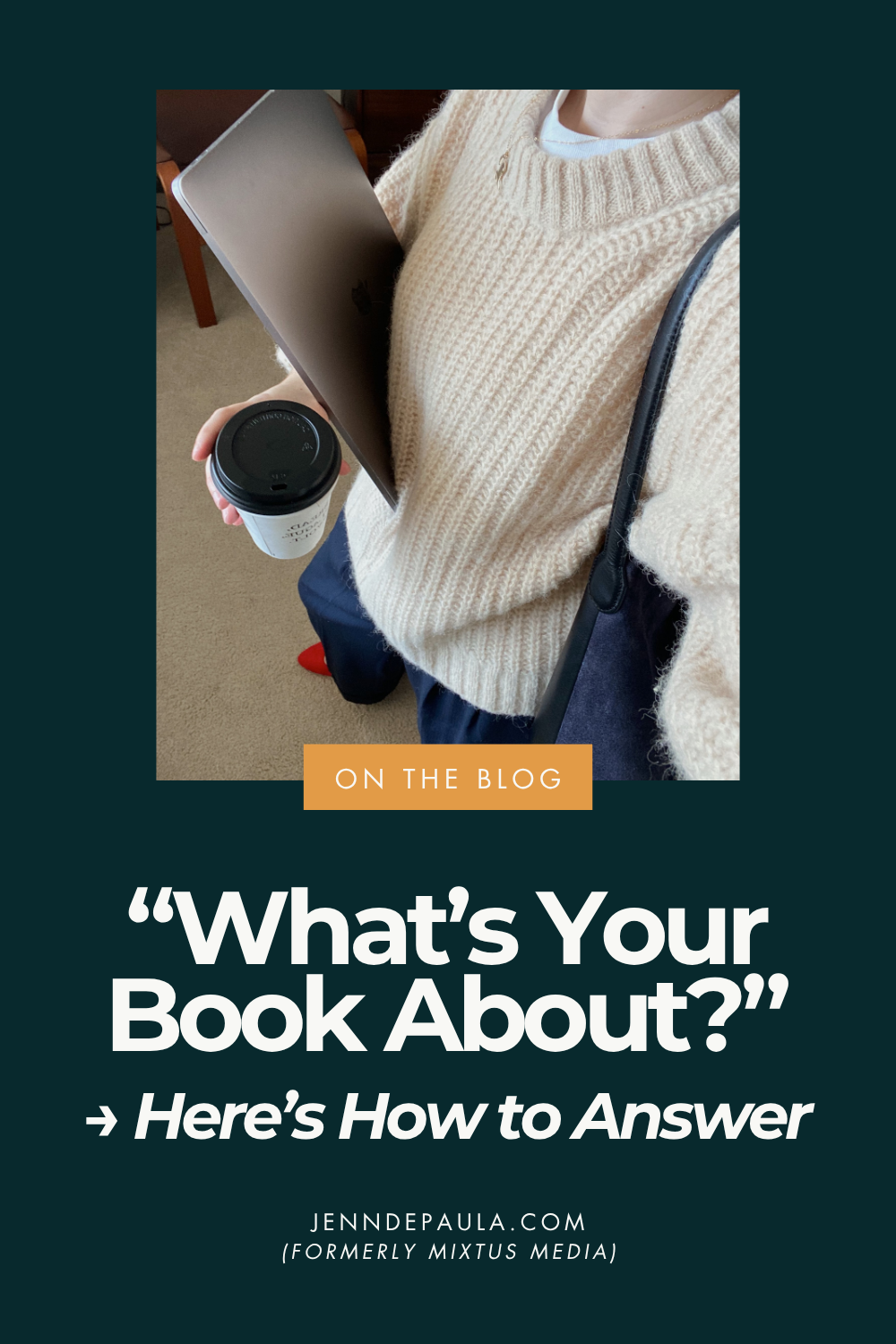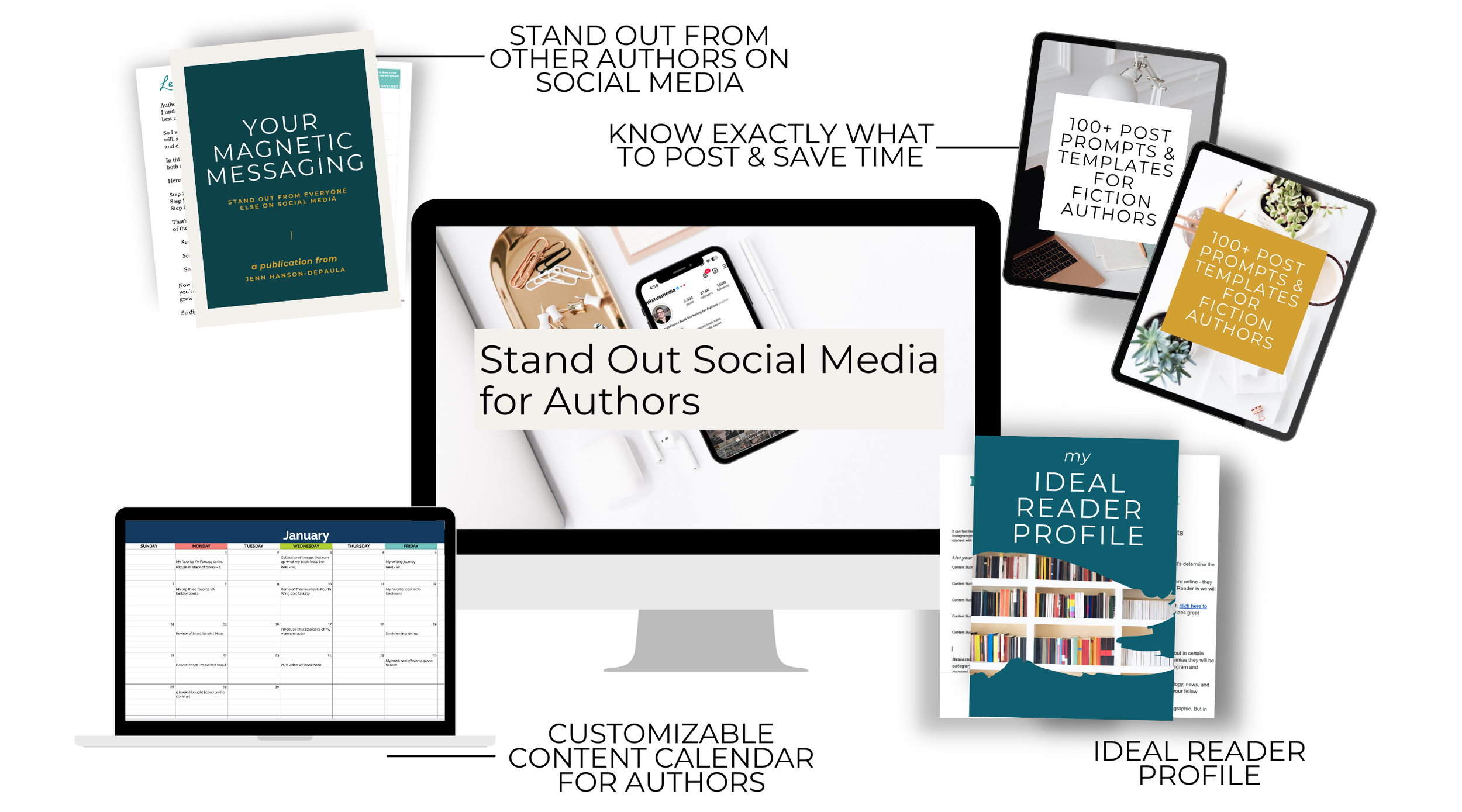What to Say About Your Book (When You Don’t Know How to Sell It)
There’s a moment almost every author dreads. Someone asks, “What’s your book about?” and suddenly, your mind either goes completely blank or spirals into a five-minute monologue that ends with, “I’m not explaining this well.”
It’s frustrating. It’s awkward. And it often leaves you thinking, I should really figure this out… later.
The truth is, knowing how to talk about your book is one of the most powerful tools you have. Not just for selling it, but for connecting with readers. And yet, it’s something most authors struggle with deeply.
Here’s why it’s so hard… and what to do instead.
Why It's So Hard to Talk About Your Own Book
Let’s start with a little truth-telling: if you find it hard to talk about your book, it’s not because you're bad at marketing. It's because you’re too close to your own work.
You’ve spent months, maybe years, immersed in this story or message. You know every detail, every layer. So when someone asks what it’s about, it’s easy to overexplain or freeze up. Not because you don’t know your book, but because you know it too well.
Add to that the pressure of “sounding professional” or not wanting to come across as salesy, and suddenly you're left with either a vague one-liner or an overwhelming info dump.
Neither of those connect with readers.
What Readers Are Actually Looking For
When someone asks about your book, they aren’t asking for a full synopsis. They’re not looking for the back cover copy or a long list of plot points.
They want to know what kind of experience your book will give them.
For fiction readers, that might mean emotional payoffs, familiar tropes, or character-driven tension. For nonfiction readers, it’s about solving a specific problem, gaining insight, or feeling seen.
The real question behind “What’s your book about?” is this:
Why should I care?
And when you start answering that question, everything changes.
A Simpler Way to Talk About Your Book
You don’t need a perfect pitch. You need a clear, compelling way to communicate what your book offers—something that builds connection without turning into a performance.
Here’s a simple structure that works for both fiction and nonfiction:
For Fiction:
“This is a [genre] story about [main character] who [core struggle or hook]. It’s perfect for readers who love [emotional payoff, trope, or comp author].”
Example:
This is a domestic suspense novel about a woman who suspects her missing sister’s disappearance wasn’t accidental… and who may be next. It’s perfect for fans of Gillian Flynn and Lisa Jewell.
Why it works: It sets up the genre, introduces a compelling hook, and places the book in a familiar context for the reader.
For Nonfiction:
“This book helps [specific audience] [solve a problem or achieve a result] without [thing they want to avoid].”
Example:
This book helps busy professionals create boundaries that protect their time and energy - without burning bridges or feeling guilty.
Why it works: It’s outcome-focused and specific. It tells the reader what they’ll get and what it will help them avoid.
This isn’t about using buzzwords or being clever. It’s about clarity and resonance. And the clearer you are, the more confident you’ll sound because you won’t be grasping for words. You’ll know exactly what your book offers and who it’s for.
Where to Use This Messaging
Once you’ve landed on a strong, reader-focused way to talk about your book, don’t keep it in a folder. Use it.
Update your:
Website and book description
Social media bio
Email newsletter welcome sequence
Speaking or podcast introduction
Conversations at events or conferences
Repetition builds recognition. The more consistently you talk about your book this way, the easier it becomes and the more it lands with readers.
What Makes It Compelling (Not Salesy)
One of the biggest blocks I see authors face is the fear of sounding “salesy.” But when your message is focused on the reader and not just your book, that fear fades.
Salesy language is all about pushing. Compelling language is about inviting.
You’re not trying to convince someone to buy your book. You’re helping the right reader recognize that this book was written for them.
And when that’s your mindset, the words come a lot easier.
The More You Practice, the Easier It Gets
If you take nothing else from this article, let it be this: you don’t have to be a natural-born marketer to talk confidently about your book. You just need a little structure, a clear understanding of what your book offers, and the willingness to practice.
Write out your new blurb. Say it out loud. Try it in an email or caption. Refine it. Make it yours.
Because when you know what to say about your book, and you know how to say it in a way that resonates, it stops feeling like selling.
It starts feeling like sharing something meaningful.
And that’s when it starts to work.
Ready to Use This on Social Media?
If you’ve ever stared at your phone wondering what to post about your book, you're not alone. Stand Out Social Media for Authors was created for exactly this moment.
It includes plug-and-play caption templates, engaging content prompts, and messaging strategies to help you connect with readers on Instagram and beyond without sounding awkward, salesy, or stuck.
You don’t have to figure this out alone.
Let’s make social media feel more like storytelling and less like shouting into the void.


